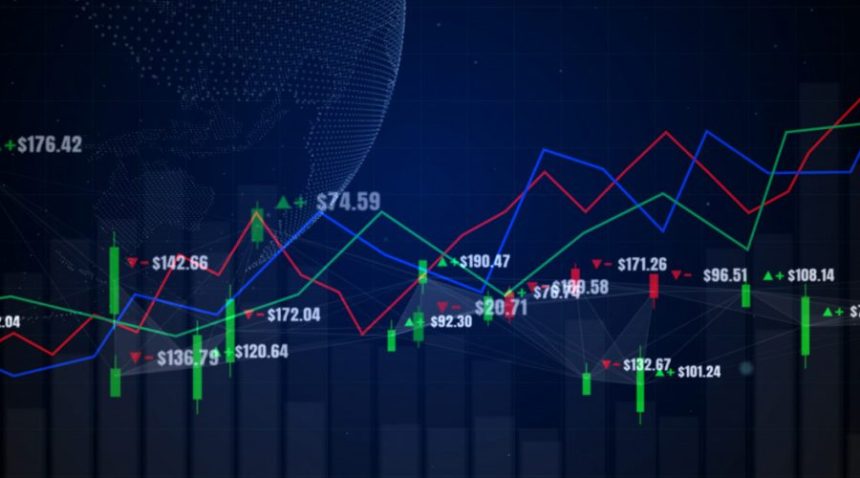Explore what the latest data reveals about investor behavior and if a turning point is close
Retail Investor Sentiment – In recent months, global financial markets have experienced heightened volatility, leading to growing concerns about retail investor sentiment and the possibility of market capitulation. Market capitulation refers to a point where investors collectively surrender to prevailing market fears, resulting in a sharp and substantial decline in asset prices. This phenomenon often marks the culmination of prolonged bearish trends and is characterized by significant spikes in trading volumes and steep price drops.
Current State of Retail Investor Sentiment
As of March 2025, several indicators suggest that retail investor sentiment has turned increasingly bearish. The American Association of Individual Investors (AAII) Sentiment Survey reported that 60.6% of individual investors held a bearish outlook on the stock market, marking the highest level since September 2022 and the third-highest in the past decade. This surge in bearish sentiment reflects growing pessimism among retail investors regarding short-term market performance.
Despite this prevailing negativity, some retail investors have exhibited a “buy-the-dip” mentality. Since late February, individual investors have injected approximately $32.9 billion into the stock market, focusing primarily on mega-cap technology companies and semiconductor stocks. Nvidia, for instance, has remained a popular choice despite experiencing significant price declines. This behavior suggests a complex landscape where fear and opportunism coexist among retail investors.
Market Performance and Economic Indicators
The stock market’s recent performance has been turbulent. In March, U.S. stocks were on track for their worst month since 2022, with the Nasdaq Composite down over 8%, the S&P 500 declining by 6.3%, and the Dow Jones Industrial Average falling by 5.2%. This downturn has been largely attributed to escalating trade tensions, including tariffs imposed by President Donald Trump on Mexico, Canada, China, and additional tariffs on foreign-made automobiles set to take effect in April. These trade policies have introduced significant uncertainty, contributing to the market’s decline.
Consumer sentiment has also deteriorated, with the latest consumer confidence index dropping to 92.9 in March, the lowest since 2021. The Expectations Index, which measures consumers’ short-term outlook, fell to 65.2, marking the most pessimistic reading in 12 years. This decline in consumer confidence raises concerns about potential reductions in consumer spending, which could further impact corporate earnings and overall economic growth.
Indicators of Capitulation
Market capitulation is often signaled by extreme investor sentiment, characterized by widespread panic selling and a significant increase in trading volumes. The current high levels of bearish sentiment, as evidenced by the AAII survey, suggest that many investors are experiencing fear and uncertainty. Historically, such extremes in sentiment have been viewed as contrarian indicators, potentially signaling that the market is approaching a bottom.
However, identifying the exact point of capitulation is challenging. While some investors are selling off assets to mitigate losses, others are seizing perceived opportunities by purchasing stocks at lower prices. This dichotomy complicates the assessment of whether the market has reached a true capitulation point.
Historical Context and Contrarian Perspectives
Historically, periods of extreme bearish sentiment have often been followed by market rebounds. For example, during the COVID-19 pandemic in March 2020, the S&P 500 experienced a nearly 5% drop in a single day, a classic example of market capitulation. Investors who entered the market during such periods of extreme pessimism often realized significant gains during subsequent recoveries.
Contrarian investors view extreme bearish sentiment as a potential buying opportunity, operating on the principle that markets tend to overreact to negative news, leading to undervaluation of assets. This perspective suggests that the current market conditions may present opportunities for those willing to assume the associated risks.
The current landscape of retail investor sentiment is marked by heightened bearishness and market volatility, influenced by trade tensions, declining consumer confidence, and broader economic uncertainties. While some indicators suggest that the market may be approaching a capitulation point, the coexistence of panic selling and opportunistic buying complicates this assessment. Investors should exercise caution, conduct thorough analyses, and consider their individual risk tolerances when navigating these uncertain times.






